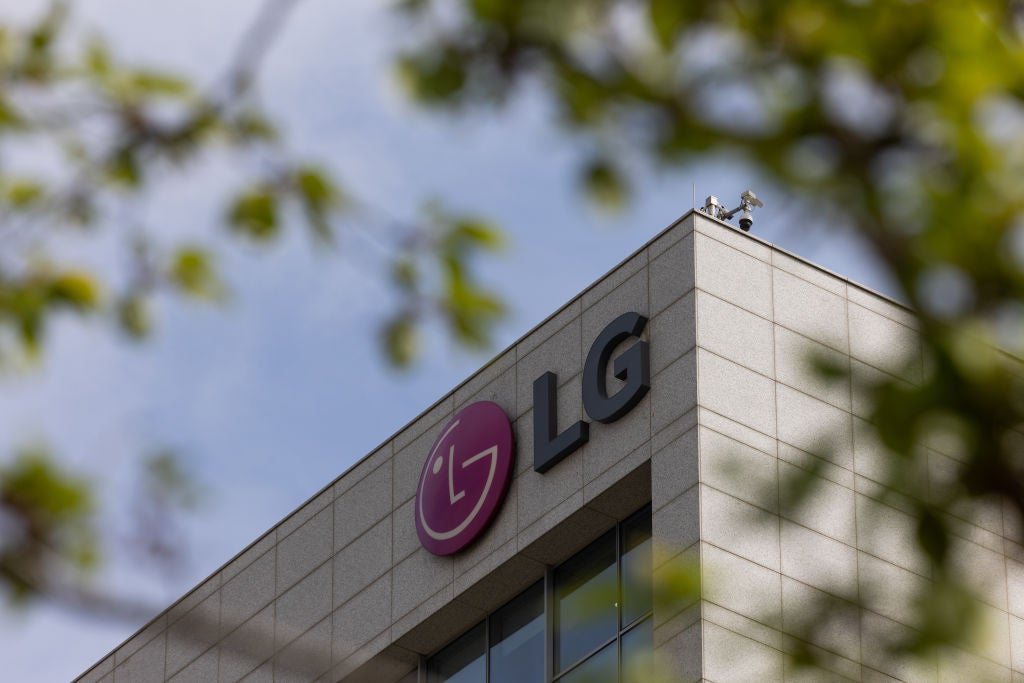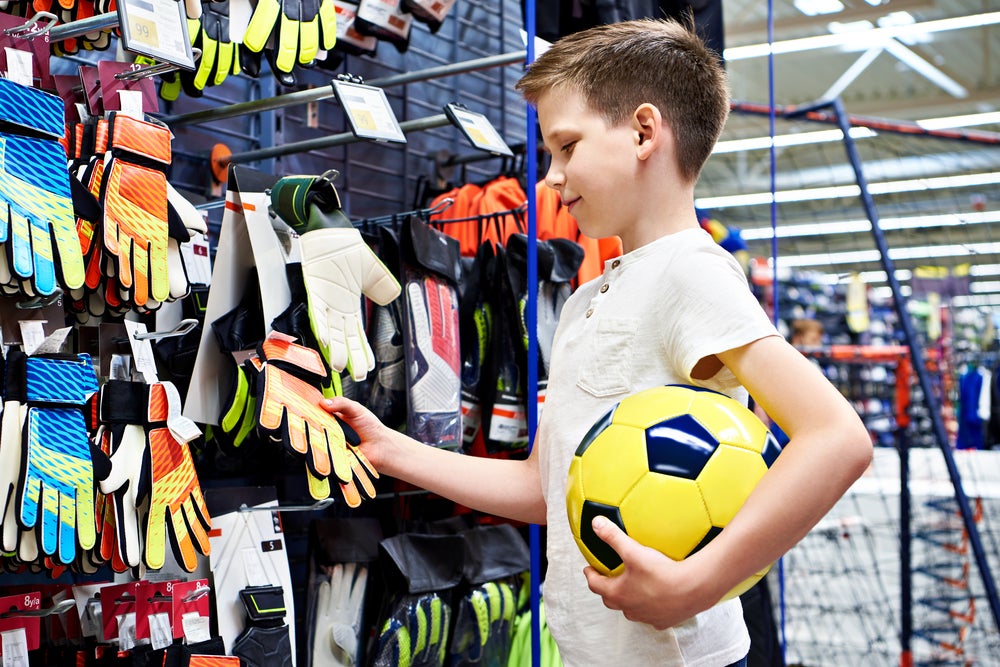Kyocera had 22 patents in batteries during Q3 2023. Kyocera Corp filed a patent for a film capacitor that includes a stack of dielectric and metal films, with the dielectric film being a polyarylate film. The metal films are deposited on the dielectric film by vapor deposition. The capacitor also has cover films containing a polyester hot-melt resin on two side surfaces and metal-sprayed electrodes on the other two side surfaces.
Another patent filed by Kyocera Corp is for a wiring conductor that includes a first electrode on the bottom surface of a recessed portion, a second electrode on the first surface between a frame portion and the recessed portion, and external electrodes on the second surface. A conductive sheet is connected to the second electrode and extends over the opening of the recessed portion. GlobalData’s report on Kyocera gives a 360-degreee view of the company including its patenting strategy. Buy the report here.
Kyocera grant share with batteries as a theme is 41% in Q3 2023. Grant share is based on the ratio of number of grants to total number of patents.
Recent Patents
Application: Film capacitor, connected capacitor, inverter, and electric vehicle (Patent ID: US20230274888A1)
The patent filed by Kyocera Corp. describes a film capacitor that includes a stack of at least one dielectric film and multiple metal films. The dielectric film is made of polyarylate and is alternately stacked with the metal films in a specific direction. The metal films are deposited on the dielectric film through vapor deposition. The capacitor also has cover films made of a polyester hot-melt resin on two side surfaces facing each other in a direction perpendicular to the stacking direction. Additionally, there are metal-sprayed electrodes on two side surfaces facing each other in a direction perpendicular to both the first direction and the stacking direction.
Claim 1 specifies the components of the film capacitor, including the stack of dielectric film and metal films, the cover films made of polyester hot-melt resin, and the metal-sprayed electrodes. The dielectric film is made of polyarylate and the metal films are deposited on the dielectric film through vapor deposition.
Claim 2 adds that each cover film has a thickness of either 0.1 µm, 1000 µm, or a value between 0.1 µm and 1000 µm.
Claim 3 introduces a connected capacitor, which includes multiple film capacitors as described in claim 1, and a busbar that connects these capacitors.
Claim 4 describes an inverter that includes a bridge circuit with a switching element, and a capacitance portion connected to the bridge circuit. The capacitance portion includes the film capacitor described in claim 1.
Claim 5 expands on claim 4 by stating that the inverter is connected to a power supply and is used in an electric vehicle. The electric vehicle also includes a motor connected to the inverter, and wheels that are driven by the motor.
Claim 6 is similar to claim 3, but specifies that the connected capacitor includes film capacitors as described in claim 2.
Claim 7 is similar to claim 4, but does not provide any additional information.
In summary, the patent describes a film capacitor with specific components and configurations, and also includes claims for connected capacitors, inverters, and electric vehicles that incorporate this film capacitor.
To know more about GlobalData’s detailed insights on Kyocera, buy the report here.
Data Insights
From

The gold standard of business intelligence.
Blending expert knowledge with cutting-edge technology, GlobalData’s unrivalled proprietary data will enable you to decode what’s happening in your market. You can make better informed decisions and gain a future-proof advantage over your competitors.






